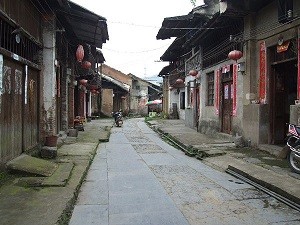The Chinese government has identified a total of 2,255 villages which have been recognized as historical and cultural heritage sites that are recommended for conservation, according to a report by the Xinhua News Agency.
Chinese officials said that the list was part of the conservation program following a nationwide survey that has been conducted since June where 218 more traditional Chinese villages were added to the list.
Pu Jiao, vice director of the Research Center for Conservation and Development of Chinese Traditional Villages, told the Xinhua News Agency that the 218 villages are among the 2,555 state-recognized traditional villages that deserve government protection.
The report said that among the 218 villages, the largest group can be found in Hebei Province in north China.
Pu said that the government will publish the first volume of the Records of Traditional Chinese Villages about the Hebei villages by the end of this year.
According to the report, the survey aims to gather and record information on traditional Chinese villages both in text and photos. The information gathered is divided into eight categories based on anthropological and folkloric principles.
The report added that there are more than 5,000 traditional villages in China that need to be preserved.
"Creating a file for each of them is a long process, requiring participation by more experts and volunteers," said Pu.
Villages that are considered to be traditional are those where the original village layout, typical houses and classic architecture are still intact.
Lou Qingxi, professor of Chinese ancient architecture at Tsinghua University, said that traditional villages are scattered all over the country and their preservation is difficult. He added that more ancient villages remain in the underdeveloped regions because of less exploitation, but local governments have little money to spare for their protection.



























